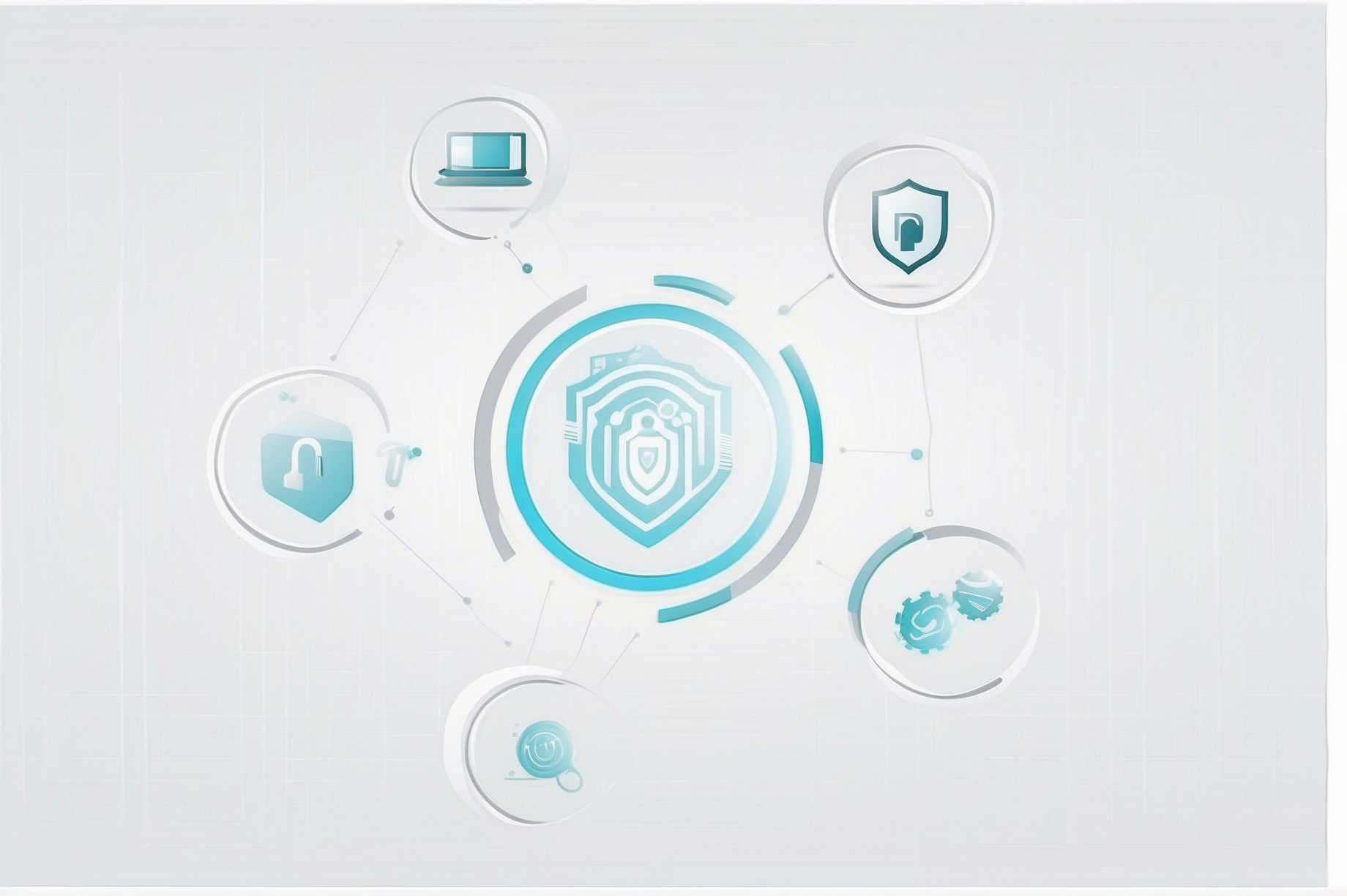
Every year, the personal data of users on the Internet becomes more and more. All users leave an invisible mark online: a digital footprint. The question is “what is a digital footprint?” Social media information, online payments, location history, emails, and messages sent via instant messaging platforms are just some of the data that make up your digital footprint. At the same time, the completeness of this digital portrait depends on your habits of sharing information and your attitude to privacy on the Internet.
Much of your data can be used by cybercriminals for malicious purposes or sold on black markets. Even if you think that no one cares about your data, anyone can become a victim of cybercriminals on the Internet. However, the good news is that there are quite a few ways to reduce your digital footprint. The presence of risks does not at all mean that you should stop using Internet services, but it is necessary to maintain a balance between privacy and convenience.
Use incognito mode

Various browsers allow you to surf the net while staying in plain clothes. For instance, Apple users have the great privilege of utilizing the reliable incognito mode Safari browser offering. When you turn on Private Browsing, Safari is restricted in 3 crucial ways. It stops the browser from storing autofill data, including website login credentials, and inhibits the browser from building a history of pages visited. And it no longer saves open tabs to iCloud. In addition, Safari private browsing automatically disables cross-site tracking to increase your sense of security. It also generally makes sure that websites and third-party content providers do not track you. Besides, privacy mode erases cookies when you exit the related tab and stops websites from altering the data saved on your device. There is an easy way to turn on private Safari Mac-friendly mode. Open Safari, choose the “Pages” icon, and open a view of open tabs. Then choose the profile icon. It is in the center at the screen bottom. Click “Private” in the pop-up menu. Next, you open the “Private” tab. After you finish browsing, you can return to the open tabs view, and individually swipe any open tabs to close them. Finally, click on the profile icon again, and then select your regular profile at the top. Your private browsing session is not memorized. Any web page visited will stay a private page Safari will hide for you.
Privacy on social networks
If you feel privacy concerns, the first step is to review your basic privacy settings: who can see your posts and personal data, and how much information they can see. Next, you need to clear your friends list: start by removing from your friends all strangers that you do not even remember, then move on to acquaintances that you don’t know very well, as well as people with whom you have stopped communicating.
If you are thinking “What difference does it make who sees my posts?” it makes a big difference. There is a lot of information that can be gleaned from your social networks that can then be used for malicious purposes. For example, there are many known cases of fraudsters gathering information about the habits of celebrities by monitoring their Instagram accounts to rob their homes.

Check the list of sites where you are registered
Most people have dozens if not hundreds, of different accounts on the Internet – different shopping websites that they may have used once or twice, fitness apps, cooking sites, games, apps, and many other options. Each of these sites and apps stores different types of sensitive information that might interest attackers, including name, date of birth, and phone number.
To facilitate the registration process, single sign-on technology through Google, Facebook, or Apple accounts is available today. Single sign-on can come in handy since almost no one has a complete list of all the sites, stores, and apps they have logged into over the years. Regardless of which account you use, they all give you the ability to see which third-party apps have access to it.
This list can be used to delete accounts that you no longer use. However, if you signed up with an email address instead of a single sign-on, you can find the services you signed up for by typing phrases like “unsubscribe” or “welcome” into your mail search.
Unsubscribe from email newsletters
Another way to reduce your digital footprint is to unsubscribe from the email newsletters you receive. Many subscriptions are connected automatically when you create accounts with various services and online stores, which then send you emails with news and various offers of discounts on goods and services.
Most people need to read the fine print during registration. They automatically confirm everything to finish it as quickly as possible. Therefore, in the end, such users have hundreds of unread advertising letters. After clearing your inbox of unnecessary subscriptions, a smart move would be to create a separate email address that will be used for purchases.
Additional tips

The process of minimizing your digital footprint is not limited to the steps mentioned above. Another essential tool for reducing your digital footprint is a virtual private network (VPN), which works as an encrypted tunnel for your Internet traffic and protects you from being tracked.
You can also use Google’s privacy checker and other tools to see what data the service is storing and stop it if necessary. Additionally, if you are interested in finding out what information Twitter or Facebook has about you, you can download a copy of all the data they store.
Although, at first glance, it may seem that measures to minimize your digital footprint are too complicated and time-consuming, these efforts are worth making to preserve your privacy.
Conclusion
Surfing the net is a fantastic way to spend your leisure time. Besides, you can deal with a lot of stuff like buying things, paying bills, or communicating with others. Yet, digital footprint consequences might be negative if you neglect security measures. Hope our useful tips will come in handy and protect your data from being stolen or used against you.
